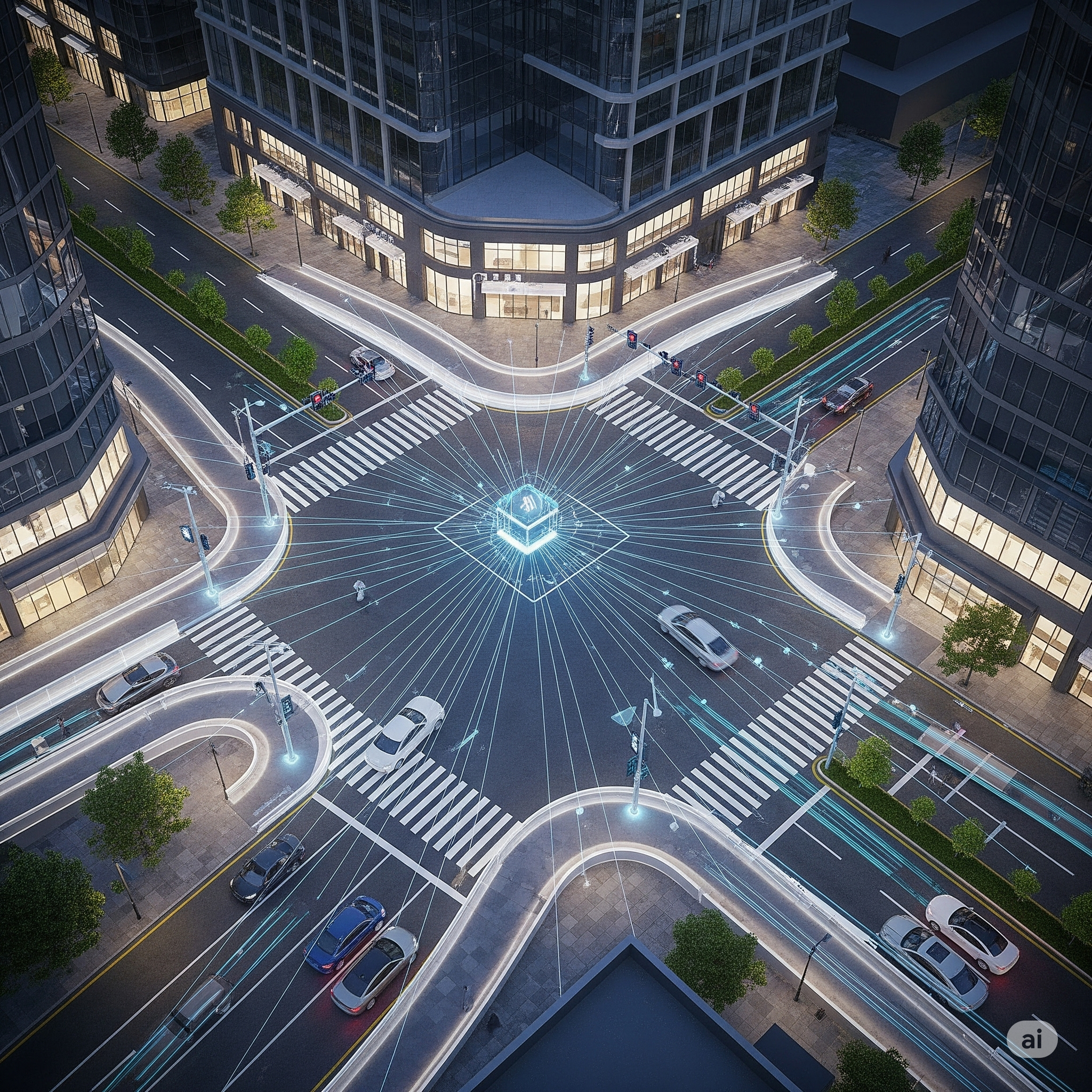📦 Quick Summary:
- AI-powered traffic signals use real-time data to reduce congestion and waiting time.
- Cities adopting AI systems have seen up to 40% reduction in delays.
- These systems rely on computer vision, IoT sensors, and predictive algorithms.
- AI traffic management improves fuel efficiency, reduces emissions, and increases road safety.
- Countries like India, USA, UK, and China are already piloting or implementing such smart traffic systems.
🧠 The Future of Traffic Is Intelligent
If you’ve ever sat frustrated at a red light on an empty road or felt stuck in a gridlock that could have been avoided, you’re not alone. Traditional traffic signals operate on fixed timers, often ignoring real-time traffic conditions.
But that’s changing fast. Thanks to Artificial Intelligence (AI), a new generation of smart traffic lights is making roads more efficient, cleaner, and safer—by thinking in real-time.
🔍 What Are AI-Powered Traffic Signals?
Unlike static or timer-based signals, AI-powered traffic lights use real-time data to make decisions. These systems rely on:
- Sensors and Cameras to detect vehicles, cyclists, and pedestrians
- AI algorithms to predict traffic flow patterns
- Connectivity with nearby signals for coordinated citywide traffic movement
The goal? Dynamic signal timing that adjusts to actual traffic, not a pre-set cycle.
📈 How AI Signals Improve Traffic Flow
✅ Real-Time Adaptation
AI systems can adjust light durations based on the number of vehicles waiting at intersections. No more sitting at a red light with no one coming from the other side.
🌿 Reduced Emissions
Less idling means less fuel burned, which contributes to lower CO₂ emissions and better urban air quality.
🚗 Decreased Congestion
Pilot studies in cities like Pittsburgh, Bengaluru, and London have shown 20–40% improvement in traffic flow.
🛡️ Enhanced Safety
AI cameras can detect pedestrians or emergency vehicles and prioritize safe crossing or clear paths.
🌍 Global Adoption: Who’s Using AI Traffic Systems?
🇺🇸 United States
Cities like Pittsburgh use AI-based Surtrac systems that reportedly cut wait times by 40%.
🇮🇳 India
Bengaluru, Mumbai, and Hyderabad have begun testing adaptive traffic systems using AI to manage extreme congestion.
🇨🇳 China
China integrates AI with facial recognition and license plate scanners to monitor traffic violations and streamline urban movement.
🇬🇧 United Kingdom
London and Manchester are experimenting with smart traffic corridors using AI for coordinated signal timing.
🤖 How the Technology Works
- Sensors and Cameras detect the number, speed, and direction of vehicles.
- AI Algorithms analyze this data in real-time.
- Signal Timings are automatically adjusted within seconds based on actual conditions.
- Cloud Integration allows for data sharing across intersections, enabling smarter city-wide flow control.
🧭 Challenges and Considerations
While promising, AI traffic signals also face practical and ethical concerns:
- High initial cost of deployment
- Privacy concerns from camera-based monitoring
- Data reliability in extreme weather or technical outages
- Integration with existing infrastructure in older cities
Still, most experts agree that long-term benefits outweigh the costs, especially in high-traffic urban areas.
🔮 The Road Ahead: Smarter Cities Through AI

As smart cities evolve, AI-powered traffic signals will become a central feature of urban planning. Combined with autonomous vehicles, 5G networks, and Internet of Things (IoT) infrastructure, these systems will:
- Enable real-time rerouting
- Optimize public transport movement
- Support emergency response and disaster management
🔚 Conclusion: A Green Light for Smarter Travel
AI is reshaping how we move, one intersection at a time. With AI-powered traffic signals, cities can reduce congestion, improve air quality, and make streets safer—for everyone.
It’s not just about faster travel—it’s about intelligent urban mobility that matches the pace of the 21st century.









+ There are no comments
Add yours